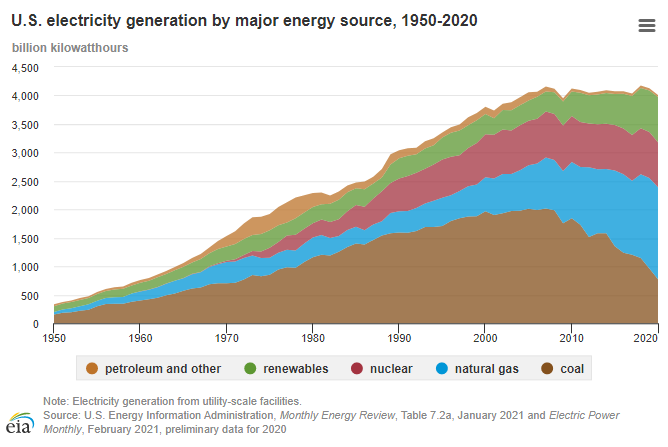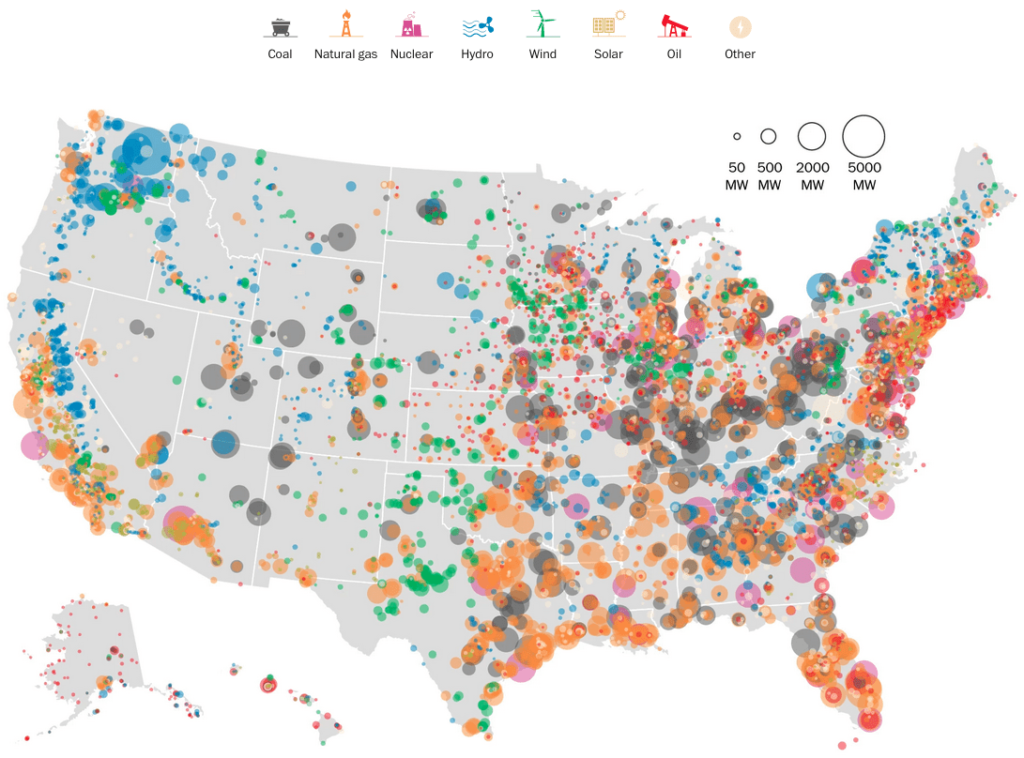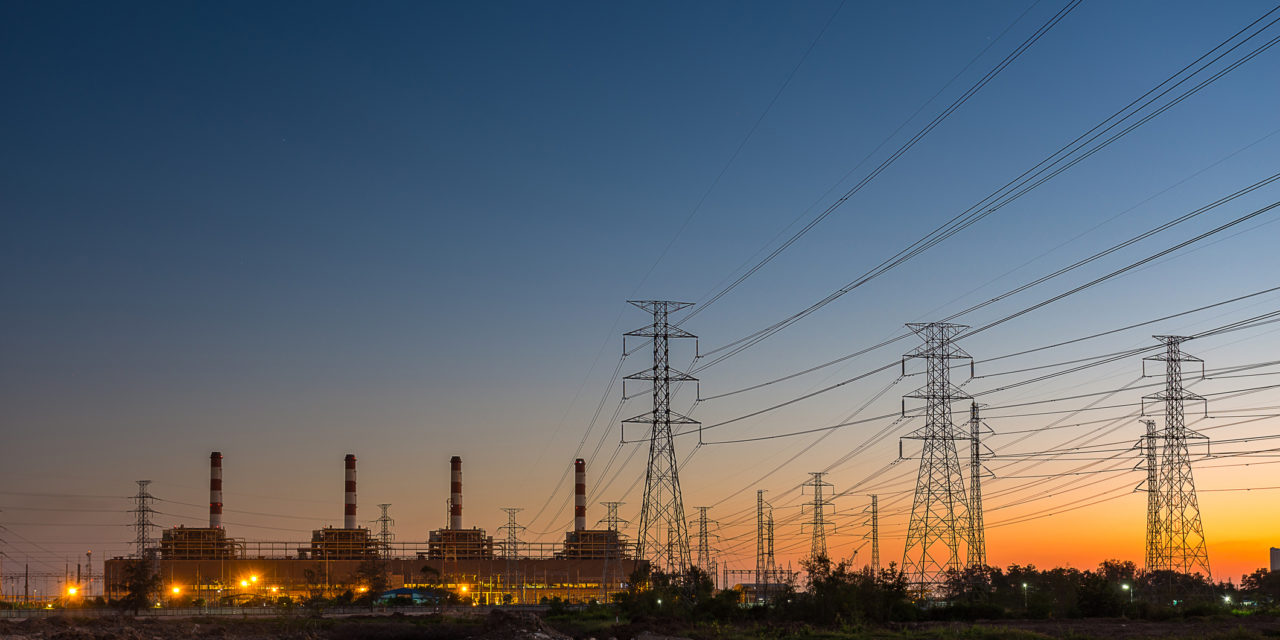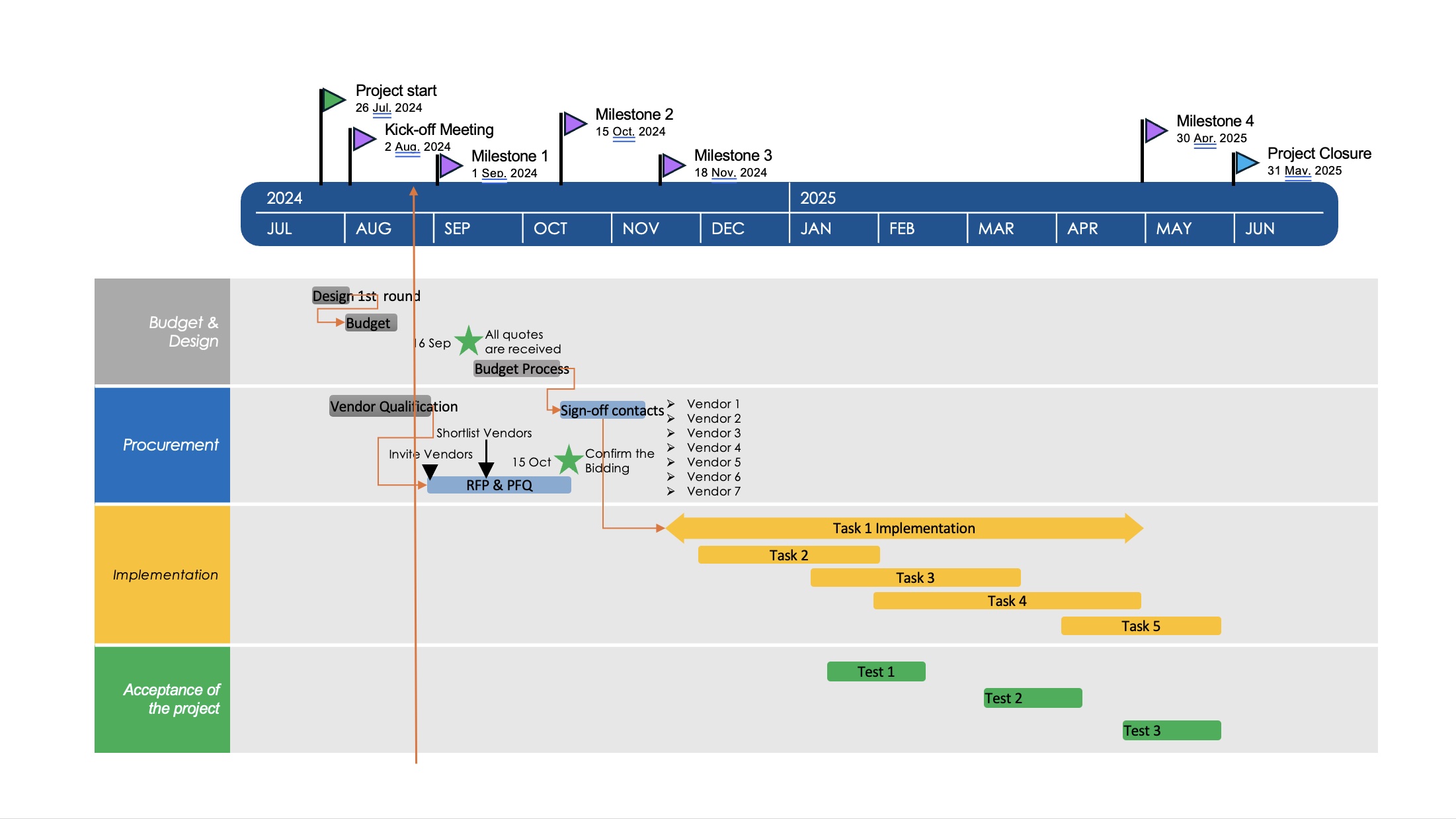Current State of the US Electricity System
Analyses over the past decade show that electricity consumption has experienced some fluctuation. From 1991 through March 2024, electricity consumption data shows seasonal and economic activity-related increases and decreases. In particular, in March 2024, electricity consumption declined from the previous month, suggesting that it may have been influenced by seasonal factors. Further breakdown of the data shows that the commercial and industrial sectors are the main components of electricity consumption, with electricity consumption in the commercial sector declining in March 2018, while consumption in the industrial sector shows a similar trend.

On the electricity supply side, net imports of electricity supply in the United States declined in October 2018, which may reflect increased domestic production or reduced import demand. At the same time, losses and unaccounted-for portions of the electricity system are of concern, as they affect the overall efficiency of the grid. In terms of generation, the U.S. shows significant growth in January 2024, which may be related to the addition of new generation capacity and improvements in the efficiency of existing generation.
Growth projections for the North American power market indicate that the market is recovering and is expected to continue to grow despite the impact of the COVID-19 outbreak. In addition, the U.S. is aggressively promoting the development of renewable energy projects to meet the growing demand for electricity and reduce reliance on fossil fuels. These efforts could have a significant impact on future electricity supply and consumption patterns.
The analysis of the global energy system provides insights into energy market vulnerabilities and geopolitical tensions that are critical to understanding the global context in which the U.S. electricity market operates. Overall, the U.S. electricity system has demonstrated adaptability and resilience over the past decade, while also facing new challenges and opportunities. As renewable energy technologies continue to advance and market demand for an efficient, sustainable power system increases, it is expected that the U.S. power system will continue to evolve in a greener and smarter direction in the future.
Is the US Electricity System about to Collapse?
In modern society, the power system is like the artery that sustains life’s activities, and when it fails, the consequences are unimaginable. In this paper, we will explore the deeper causes of the collapse of the U.S. power system, analyze its wide-ranging impact, and put forward the possible future direction of development.

First, the root cause of the collapse of the power system
First of all, natural disasters are the most direct test faced by the power system. Extreme weather events, such as hurricanes, blizzards, and heat waves, which have become more frequent in recent years, can deal a fatal blow to the power grid. Second, human negligence, including operational errors, aging equipment, and inadequate maintenance, often becomes the trigger for power system collapse. Further, with the deepening of digitization, cyber-attacks have become a new threat. Once the power grid control system is attacked, it may lead to a chain reaction, triggering large-scale power outages. In addition, energy policy adjustments and market fluctuations may also have an impact on power supply, especially during the critical period of energy transition.
II. Chain reaction of power system collapse
The impact of power system collapse is multifaceted. Economically, large-scale power outages mean that production lines are stalled, business activities are interrupted, and economic activities are hit hard. Socially, people’s lives are severely affected, food supply chains are disrupted, the healthcare system is disrupted, and social order is put to the test. In terms of security, transportation is paralyzed, emergency services are disrupted, and the collapse of the power system may also lead to a series of security problems.
III. Building a Line of Defense: Prevention and Response
In the face of the risk of power system collapse, we should take active measures to prevent and respond. First, we should upgrade old power facilities and improve the disaster-resistant capability of the power grid. Second, develop a diversified energy structure, reduce dependence on a single energy source, and improve the stability of energy supply. Furthermore, establish and improve the network security protection measures of the power system to resist network attacks. In addition, formulate detailed contingency plans to ensure a rapid and effective response in the event of a power system collapse.
Measures to cope with power shortage in the United States
The U.S. has adopted a variety of tools and strategies to face the power crunch, aiming to improve the reliability of the power grid, enhance energy security, and promote the transition to a cleaner, sustainable energy system. The following are some of the key tools and measures:
- Investing in grid infrastructure: The American Society of Civil Engineers (ASCE) identified the problem of aging grid infrastructure and recommended additional investments to improve grid reliability.
- Promoting renewable energy: The U.S. government supports renewable energy programs through legislation, such as the $369 billion proposed in the Inflation Reduction Act of 2022 to address greenhouse gas emissions, which aims to reduce consumer energy costs, ensure energy security, decarbonize the economy, preserve community and environmental equity, and support the transformation of remote areas.
- Tax credits and subsidies: provide policy and tax subsidy support for new energy vehicles, photovoltaic (PV), wind power, and other clean energy sectors, such as tax credits for purchasers of new/used electric vehicles, and tax credits for residential PV/heat pumps.
- Enhance grid flexibility and resilience: Enhance the grid’s ability to regulate renewable energy by enhancing cross-regional transmission capacity, developing battery storage technology, and strengthening demand-side management.
- Promote reform of electricity markets and regulatory mechanisms: establish more effective market mechanisms and regulatory frameworks to incentivize and harmonize commercial incentives with customer service objectives, and promote the application of renewable energy and other new technologies.
- Develop hydrogen and carbon capture technologies: Build hydrogen and carbon capture and delivery networks, and promote the development of low-carbon methane-to-hydrogen or “blue hydrogen” to support hard-to-electrify industries.
- Responding to weather extremes: Research and implement measures to address the impacts of climate change-induced weather extremes on the grid, such as droughts, heat waves, etc. 8.
- Interstate Grid Cooperation: Consider the creation of “macro grids” to interconnect the grid to improve resilience to extreme weather and flexibility of power supply.
- Power system flexibility enhancement: Enhance the adaptability of the power system to renewable energy by upgrading energy storage technology, optimizing power storage technology, and strengthening demand-side management.
- Policy support and incentives: Encourage utilities and the private sector to invest in grid upgrades and clean energy projects through federal and state policy support.

These instruments and measures reflect the diversified strategies of the United States in dealing with power shortages, aiming to balance economic growth, environmental protection and energy security.




Dymere Babl
Aglyam Overgaard
Bethzaida Knafel
Jaquelinee Koltan
Arcadia Alejandro vivas
Aseda Clenciu
Zelda Kaval
Tala Lapiana
Riko Henly
Trayc Mcglothan
Andilynn Rohacek